For decades, scientists have been fascinated by the remarkable ability of migratory birds to navigate across vast distances with astonishing precision. Among these avian navigators, the European robin (Erithacus rubecula) has emerged as a particularly intriguing subject of study. Recent breakthroughs in quantum biology have shed new light on the long-debated mechanism behind their magnetic sense, pointing toward a phenomenon rooted in the bizarre world of quantum mechanics.
The idea that birds might possess a quantum compass was first proposed as a theoretical possibility in the 1970s. However, it wasn't until the past decade that experimental evidence began to accumulate, suggesting that certain biological systems could indeed exploit quantum effects. The robin's magnetic receptor, located in its eyes, appears to rely on a delicate quantum process called radical pair mechanism, where pairs of electrons with correlated spins respond to Earth's weak magnetic field.
What makes this discovery extraordinary is the fact that quantum coherence – typically observed only in highly controlled laboratory conditions – seems to persist in the warm, wet, and noisy environment of living cells. Researchers using advanced spectroscopic techniques have detected signatures of this quantum behavior in cryptochrome proteins, the light-sensitive molecules believed to form the basis of the avian magnetic compass. These proteins undergo subtle changes when exposed to blue light, creating the radical pairs whose quantum states are influenced by magnetic fields.
The implications of this finding extend far beyond ornithology. Quantum biology, once considered a fringe discipline, is now gaining mainstream acceptance as evidence mounts that nature has been harnessing quantum phenomena for millions of years. The robin's quantum compass represents one of the clearest examples of quantum effects playing a functional role in biological systems, challenging our traditional understanding of where and how quantum mechanics operates.
Experimental verification came through a series of elegant studies where researchers manipulated the magnetic environment of captive robins during their migratory season. By altering both the intensity and inclination of artificial magnetic fields while monitoring the birds' orientation behavior, scientists demonstrated that the navigation system shows characteristics predicted by quantum mechanical models. Most strikingly, the birds' directional choices changed when exposed to specific radio frequencies known to disrupt quantum coherence in radical pairs.
This quantum sensitivity appears exquisitely tuned to Earth's natural magnetic field, which averages about 25 to 65 microteslas (0.25 to 0.65 gauss). The mechanism allows robins to not only detect the field's polarity but also perceive subtle variations in its inclination relative to Earth's surface – information crucial for determining their position during migration. Remarkably, this quantum sensor operates at the nanoscale, with estimates suggesting that as few as several thousand cryptochrome molecules might be sufficient to provide meaningful directional information.
The discovery has sparked intense debate about how such a fragile quantum system could maintain its coherence long enough to be biologically useful. Current theories suggest that the protein environment surrounding the radical pairs may act as a protective shield, filtering out environmental noise while allowing the magnetic signal to come through. This natural quantum technology far surpasses anything humans have engineered at room temperature, offering potential inspiration for future quantum sensors and navigation systems.
As research continues, scientists are exploring whether similar quantum mechanisms might exist in other species. Preliminary evidence suggests that sea turtles, certain insects, and possibly even mammals might employ variations of this quantum sensing strategy. The robin's case, however, remains the most thoroughly documented instance of quantum effects directly influencing animal behavior in a measurable way.
This breakthrough not only solves a longstanding mystery in animal navigation but also blurs the boundary between the quantum and classical worlds. It demonstrates that evolution has found ways to exploit the counterintuitive properties of quantum mechanics, opening new avenues for both biological research and quantum technology development. The humble robin, it seems, has been carrying one of nature's most sophisticated quantum devices in its eyes all along.
Future research directions include investigating how environmental factors like electromagnetic pollution might affect this delicate quantum sense, and whether artificial systems could mimic its remarkable sensitivity. As we unravel more about the quantum dimension of life, the European robin stands as a testament to nature's ingenuity – a tiny creature navigating continents with the help of quantum physics.

By /Jul 29, 2025

By /Jul 29, 2025

By /Jul 29, 2025
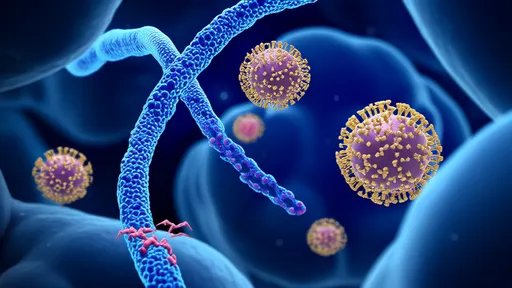
By /Jul 29, 2025

By /Jul 29, 2025

By /Jul 29, 2025
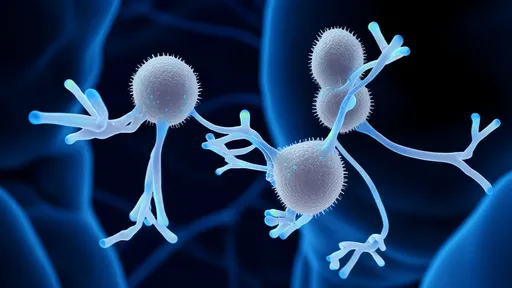
By /Jul 29, 2025
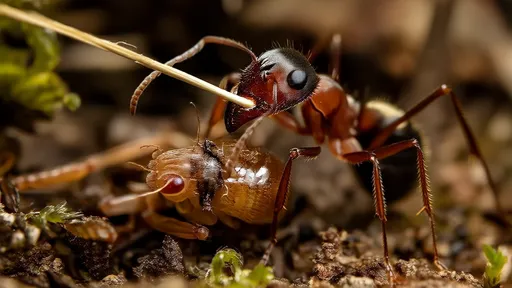
By /Jul 29, 2025
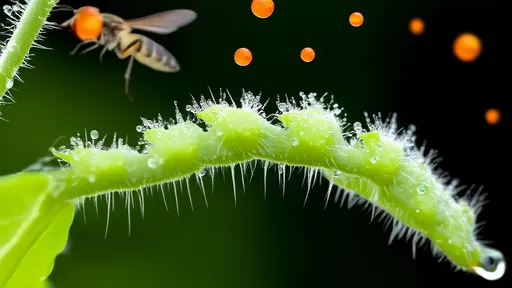
By /Jul 29, 2025

By /Jul 29, 2025
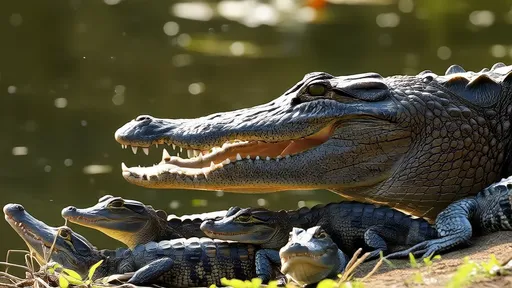
By /Jul 29, 2025

By /Jul 29, 2025
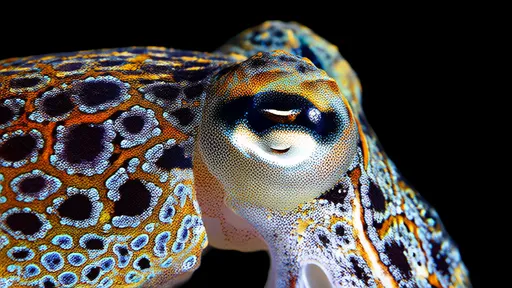
By /Jul 29, 2025
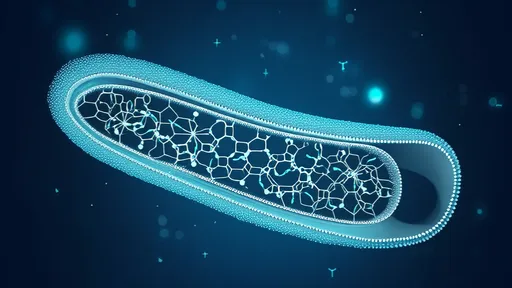
By /Jul 29, 2025

By /Jul 29, 2025
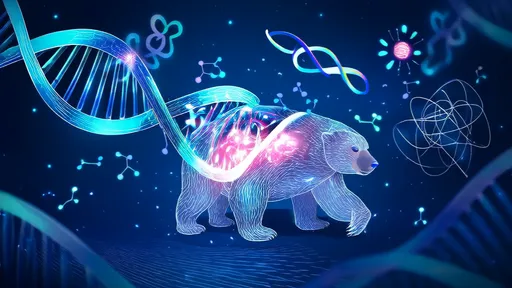
By /Jul 29, 2025
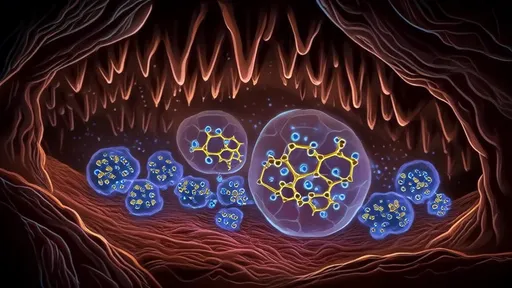
By /Jul 29, 2025
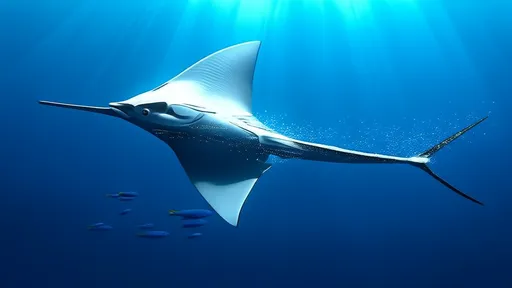
By /Jul 29, 2025

By /Jul 29, 2025

By /Jul 29, 2025